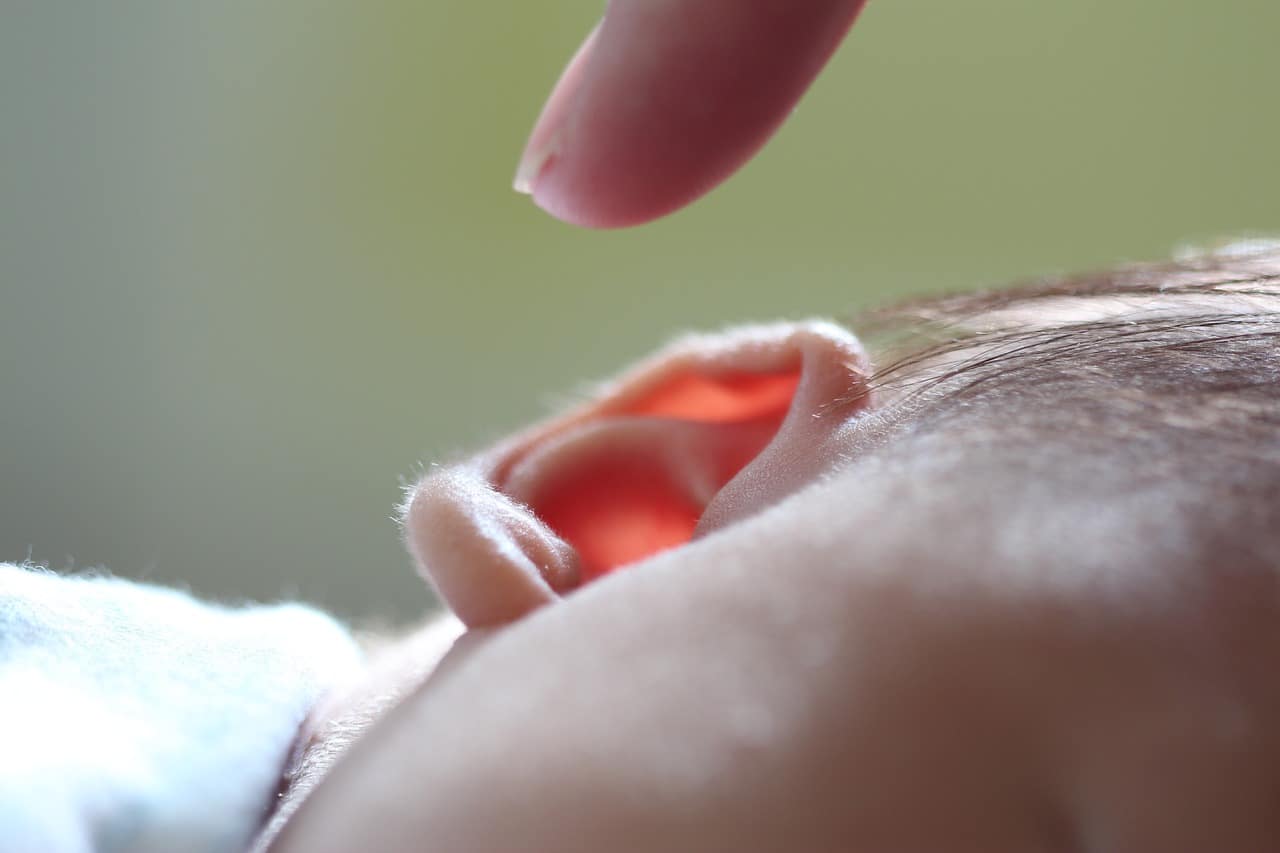
An inflammation of the ear is called otitis.
Otitis is an inflammation of the ear . The term has its etymological origin in the Greek language.
There are several causes that can cause someone to suffer from otitis. However, among the most frequent would be malfunction and damage to the Eustachian tube, allergic problems, respiratory tract infections, germs, trauma, tonsillitis or teething problems.
In the same way, we cannot ignore the fact that among the symptoms that, more accurately and clearly, can indicate that someone is suffering from an otitis problem are the following: fever , irritability , earaches, vertigo, discharge from the ear, facial paralysis...
Children and otitis
Children are usually one of the population groups most often affected by otitis, especially those who have some type of acquired immunodeficiency, those who attend schools and also those who have various types of anatomical alterations in their which is the rhinopharyngeal area.
Among the curiosities that have been discovered regarding the relationship between otitis and the impact on children, the fact stands out that it is known that children who are breastfed have a lower risk of suffering from the aforementioned disease than those who are breastfed. they are not.

Otitis usually affects children.
Diagnosis and classification
When it comes to diagnosing otitis, medical professionals carry out a series of actions. Among them would be the well-known physical examination, specifically otoscopic, and the audiometric examination. In this way, a treatment can be established, which, as a general rule, usually consists of taking antibiotics.
According to its anatomical location, a distinction can be made between external otitis and otitis media or internal .
Otitis Externa is inflammation of the external auditory canal ; that is, it does not pass beyond the drum membrane. It usually originates from a bacterial infection that can be acute circumscribed to the external auditory canal, acute diffuse, chronic or invasive.
Otitis media or internala affects the middle ear (the eardrum and Eustachian tube). It is common for this inflammation to be accompanied by respiratory diseases , such as rhinosinusitis .
The evolution of the disorder allows otitis media to be divided into acute otitis media (lasting less than four weeks), subacute otitis (lasting between four and eight weeks) and chronic otitis (lasting for more than eight weeks).
Chronic otitis media, therefore, is the most serious of these inflammations. It can be suppurative (includes mesotympanic perforation with abundant but not fetid suppuration), cholesteatomosus (with a perforation of the epitympanum and fetid suppuration) or tuberculous (with irregular and multiple perforations).
It is important to keep in mind that a poor evolution of otitis media can lead to severe diseases such as meningitis , labyrinthitis and facial paralysis . If you have any ear disorder, you should go to an otorhinolaryngologist, who can prescribe ear drops, analgesics, anti-inflammatories or antibiotics (oral or by injection), according to what you consider appropriate.
